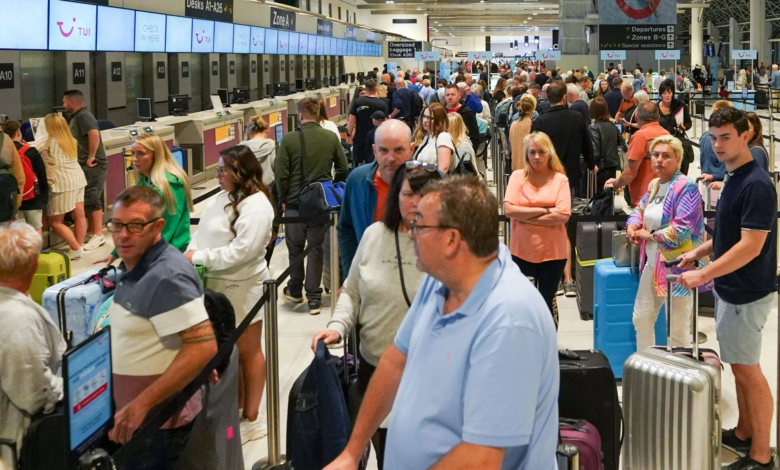
It happened last year on a busy weekend after working from home; the Level 2 Engineer failed to log in using his password.
A password error in the computer of a junior engineer working from home had resulted in massive chaos, forcing the cancellation of several flights and stranding at least 700,000 passengers at airports. An investigation into the incident revealed that delays in authenticating a remote engineer’s password credentials caused the pandemonium.
https://twitter.com/imurpartha/status/1857136182255362440
That was during the bank holiday weekend in August last year, one of the busiest days for flights. Likewise, airlines lost around 100 million euros in refunds, rebookings, hotel rooms, and refreshments.
It was due to a corrupted file of a Paris-bound flight. In its investigation, CAA found that a junior engineer, working from his home rather than from the headquarters of NATS, needed help logging in remotely with their computer to sort out the glitch.
Checks were initiated by a junior on-site Level 1 engineer as soon as automatic flight planning systems failed as early as 8:32 am. Thirty-four minutes later, the remote-working Level 2 engineer was contacted, but his password login details “could not be readily verified due to the system’s architecture.”.
The IT engineers went next to the airport about an hour and a half later but still did not repair the problem, according to reports by The New York Post. The authorities ultimately took four hours to fix the problem when thousands of flights were delayed or canceled.
More than 700,000 passengers were stranded at airports over several days, and airlines had to pay restitution of $126 million to the aggrieved travelers. Moreover, the CAA said support from Frequentis Comsoft, the manufacturer of the automatic flight planning system, was “not sought for more than four hours after the initial event.”
Based upon this incident, the CAA recommended 48 new policy solutions in its inquiry, including improving contingency and crisis response plans and placing senior engineers on-site at all times at NATS offices.



